
Registration

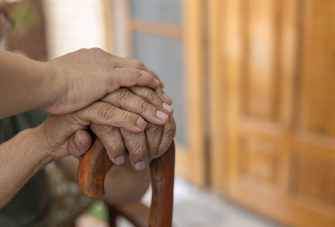
This clinical trial examined the effects of Nordic Walking vs. regular walking in sedentary older adults. Both interventions led to similar improvements in walking speed, balance, and quality of life over eight weeks.

This systematic review confirms that Nordic Walking is an effective and accessible form of exercise for overweight and obese individuals, promoting weight loss, improved body composition, and better metabolic health—especially when combined with dietary control.

Twelve weeks of Nordic Walking combined with vitamin D supplementation improved attention, executive functions, and processing speed in elderly women, while also reducing depressive symptoms.
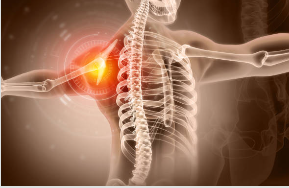
An 8-week Nordic Walking program significantly improved grip and shoulder strength in the nondominant arm of middle-aged women, showing greater benefits than brisk walking or no training.
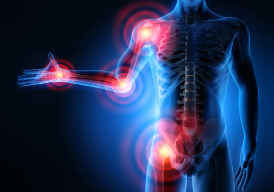
This systematic review found that Nordic Walking improves walking speed, stride length, muscle activation, and upper-limb strength, confirming its effectiveness as a biomechanically beneficial physical activity for both healthy and clinical populations.
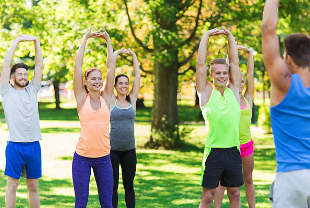
This study found that Nordic Walking increases lower limb muscle activity compared to regular walking, especially on flat terrain. Uphill walking had an even stronger effect on muscle engagement in both walking styles
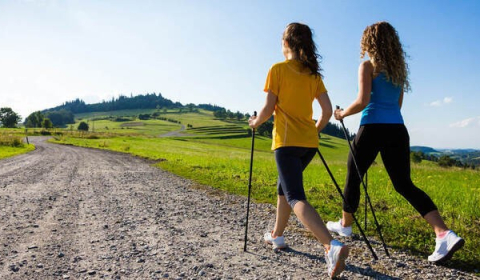
In conclusion, this study is the first to show that endurance exercise in the form of NW induced a decrease in myostatin and an increase in decorin, with these changes modulated by vitamin D status. This also suggests that older adults may experience more benefit from high-volume, low-intensity NW than high-intensity, low-volume HIIT.

This clinical trial shows that 24 weeks of Nordic Walking training significantly improved memory, processing speed, and visuospatial reasoning in patients with mild to moderate Alzheimer’s disease, highlighting NW as a safe and promising non-pharmacological therapy.

This pilot study found that Nordic Walking did not significantly affect spinal posture or back pain but improved upper and lower body strength and balance in older adults.

This comprehensive review analyzes how using poles in sports such as Nordic walking, trail running, and skiing affects biomechanics and physiology. Pole use reduces lower limb strain, increases upper body engagement, and boosts metabolic demand without raising perceived exertion.
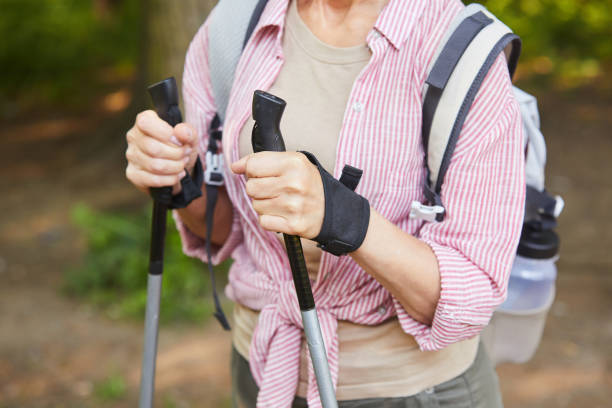
A study comparing traditional walking and Nordic Walking in women 55+ to evaluate changes in exercise tolerance and body composition.

This study compared traditional Nordic Walking poles with innovative resistance poles to evaluate muscle stiffness and elasticity in postmenopausal women.
© 2024 onwf.org | Original Nordic Walking from Finland